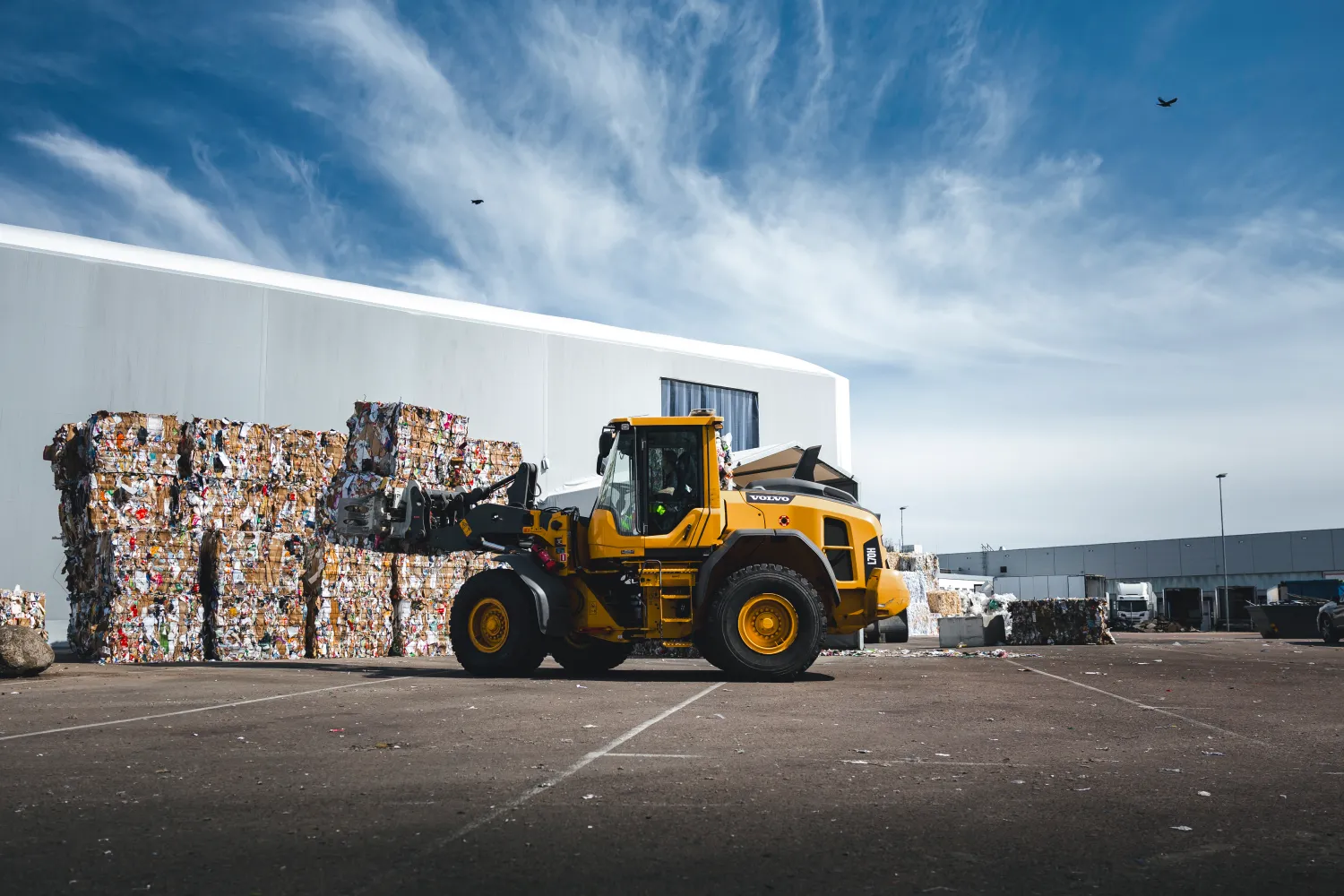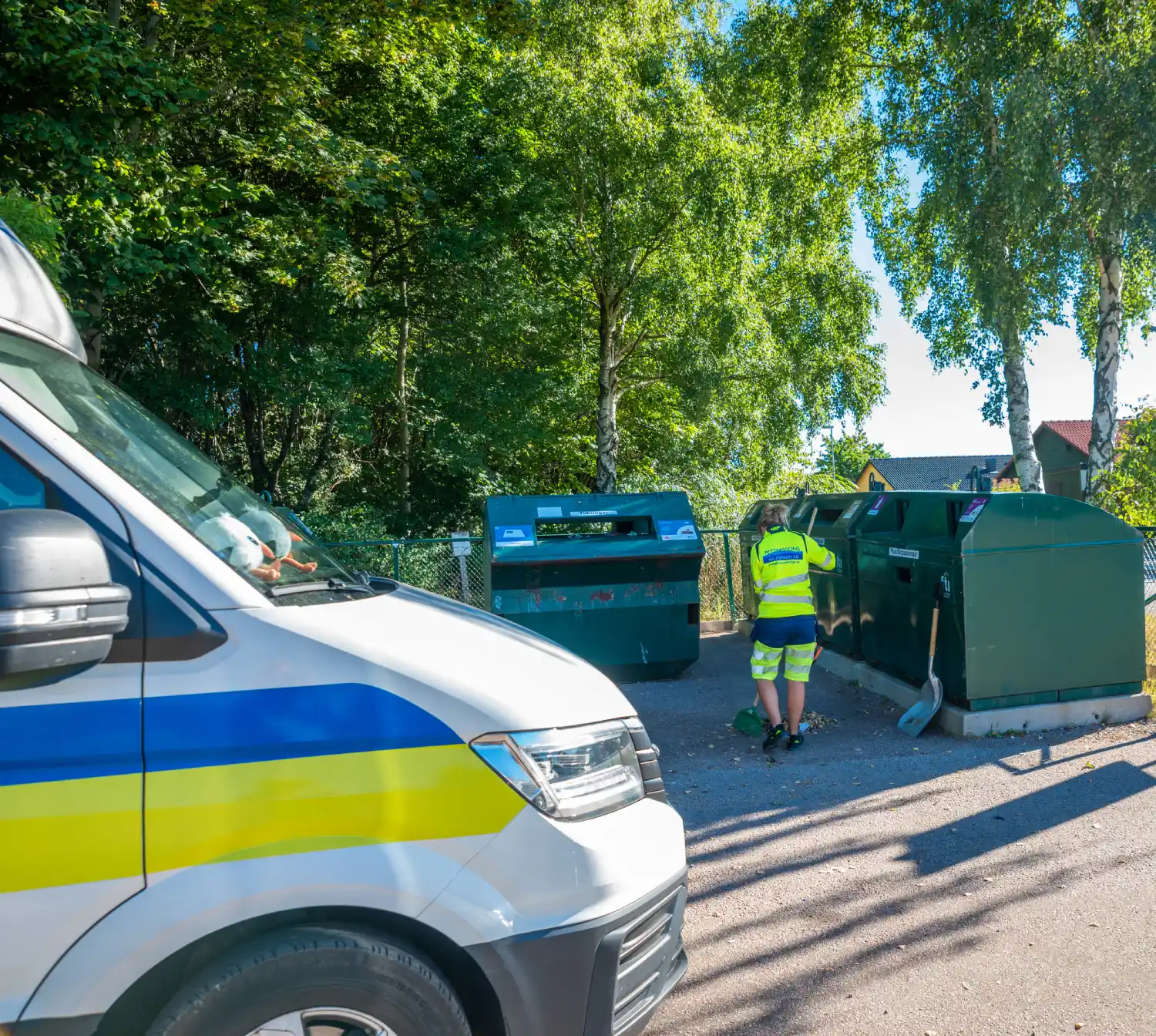Supporting Varied Recycling Requirements for Diverse Packaging Materials
Supporting Varied Recycling Requirements for Diverse Packaging Materials
Blog Article
Recycling in a global filled up with varied presentation products presents equally options and challenges. Nowadays, people and corporations equally need more sustainable techniques while governments progressively apply stricter rules for waste management. However, the complexity of handling diverse appearance materials indicates approaching distinctive recycling demands for each type. This information takes a closer look at the current developments, issues, and solutions in crafting powerful Recycling (Återvinning) techniques for diverse packaging materials.
The Difficulty of Various Presentation Materials
Presentation resources came a considerable ways from simple cardboard boxes. Nowadays, they contain parts, glass, metal, paperboard, and multi-layered composites, among others. Every type comes using its distinctive pair of recycling requirements. For example:
Plastic: While plastic is lightweight and sturdy, its different forms (like PET, HDPE, LDPE, and PVC) usually need separate series and control methods. Mismanagement may cause contamination and inefficiencies in recycling streams.

Steel: Metal and container beers remain highly recyclable, however, not without proper selecting in order to avoid contamination with non-recyclable metallic items.
Glass: Recycling glass needs segregation by color and specific features to prevent dangers like fragmentation or contamination with ceramics.
Paperboard: Solid, sprayed paperboard appearance is recyclable oftentimes, however the large use of glues or laminates may possibly impede the process.
Multi-layer Appearance: This type creates probably the most significant challenge since it often includes components impossible to separate, such as for example metal and plastic layers in treat packaging.
With the worldwide economy providing around 350 million a great deal of plastic annually, and presentation responsible for nearly 40% of their use, addressing this complexity is important to reaching larger recycling rates.
Obstacles in Tailoring Recycling Methods
One of the biggest difficulties in recycling applications is contamination, specially when diverse resources are disposed of together. For instance, when food residue sticks to recycled pockets or damaged glass combinations with paper, the efficiency of recycling techniques drops significantly. Too little standardized marking systems also confuses customers and effects in incorrect waste sorting.
Furthermore, fragmented infrastructure plays a part in the issue. Some municipalities absence services to process complicated resources like multi-layer presentation or particular materials, making recycling unrealistic for these items.
Towards a Circular Economy with Tailored Answers
Making an efficient recycling system to take care of different presentation products involves innovation and collaboration. Governments, corporations, and people need to function in alignment:
Government Initiatives: Employing Extensive Producer Obligation (EPR) procedures can inspire companies to design packaging that is easier to recycle.

Progressive Systems: Compound recycling methods, like depolymerization for pockets, can break up hard-to-recycle resources for greater healing rates.
Customer Training: Selling clean recycling habits and clear labeling can somewhat minimize contamination in recycling streams.
Opportunities in modernizing waste administration infrastructure may perform an essential role, along with continuing research into biodegradable and reusable appearance solutions.
A Path Forward
The selection in presentation resources may be a concern, but it also gifts an opportunity to improve recycling programs and techniques. A combination of scientific improvements, regulatory procedures, and client recognition can get the change to a far more sustainable, circular economy. Approaching the initial recycling demands of varied resources is no more a choice but a necessity to fight resource depletion and defend the planet. By tackling these challenges strategically, worldwide towns may guarantee long-term environmental viability.
Report this page